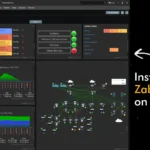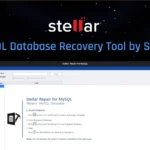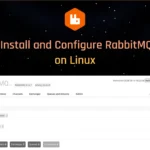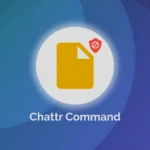How to Install Zabbix Server on Ubuntu 24.04 (Noble Numbat)
Zabbix is an open-source enterprise-class monitoring software that tracks the performance and availability of servers, network devices, and applications in real-time. It uses a server-client model, where the central system needs the Zabbix server installed and the systems being monitored require the Zabbix agent. The





